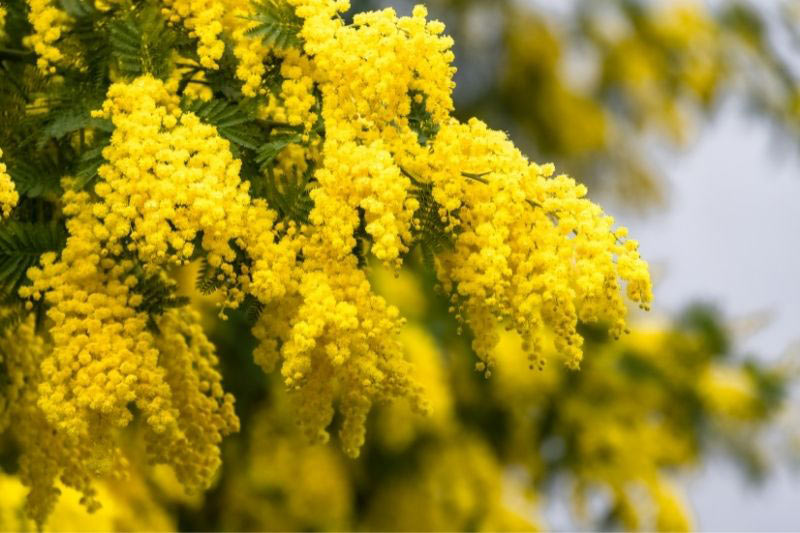
Wonder in heart of winter, mimosa may need pruning to preserve its elegant silhouette and flower even more
When to prune mimosa?
Mimosa flowers in winter, so pruning should wait until after flowering and after frost risk has passed, i.e. March or April. Four-seasons mimosa is also pruned at this time.
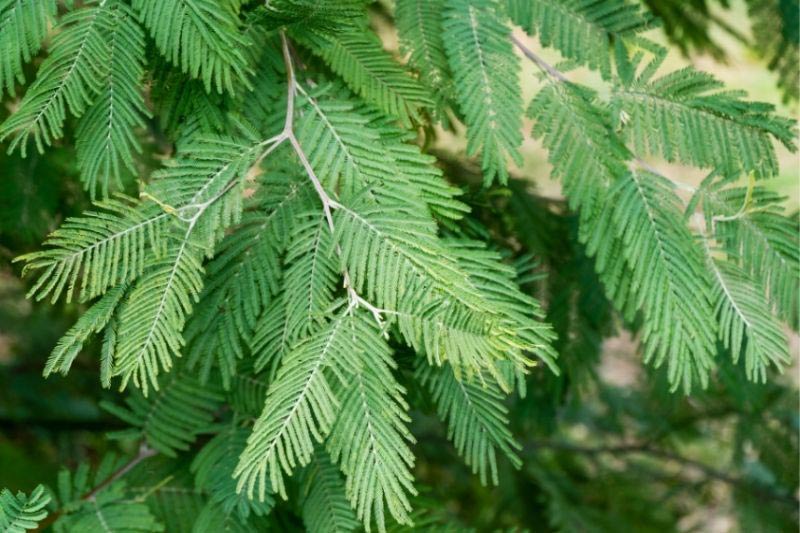
Wait until end of flowering to prune mimosa
Why prune mimosa?
Pruning keeps a dense habit and promotes abundant flowering by increasing number of floriferous shoots. It also removes spent flowers. Pruning can reduce wind catch where necessary and control size if tree becomes too large for its location.
Read also our advice in Why isn't my mimosa flowering?
How to prune mimosa?
Necessary equipment
To prune your mimosa, have on hand:
- a pruning shear
- loppers for cutting larger-diameter branches
- hedge shears to trim quickly the numerous spent shoots and reshape your mimosa
- wound sealant for pruning wounds if you cut large branches
All pruning tools must be well sharpened and cleaned to avoid spreading diseases between plants.
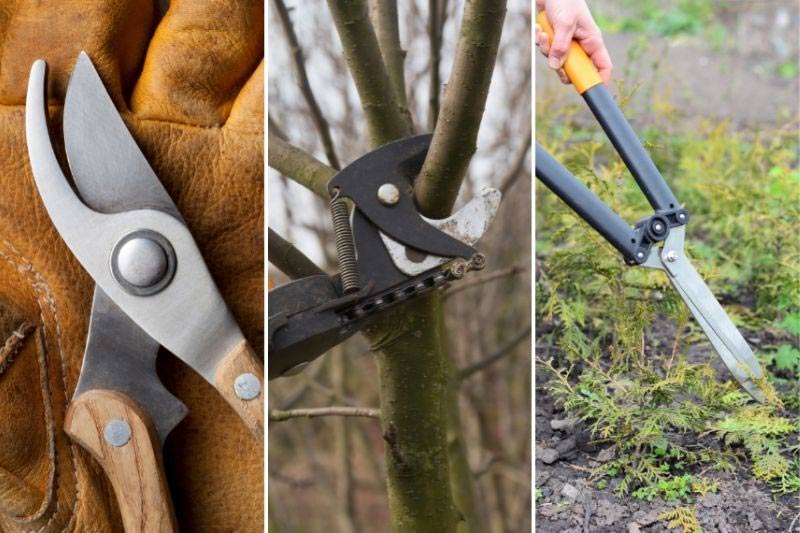
Sharp pruning shear, loppers and shears will let you prune mimosa like a pro
Maintenance pruning: to preserve an attractive silhouette
- With shears or a pruning shear, cut back tips of shoots, rounding tree silhouette and reducing volume if needed. Respect natural shape, except for specially shaped trees (standard ball-on-stem form, for example)
- Shorten branches by about one-third of their length. You can remove up to half of shoots that bore the fewest flowers. Cut after a leaf to encourage new shoot growth at their axil
- Remove also dead wood, and branches that unbalance silhouette
- Remove suckers arising from ground level.
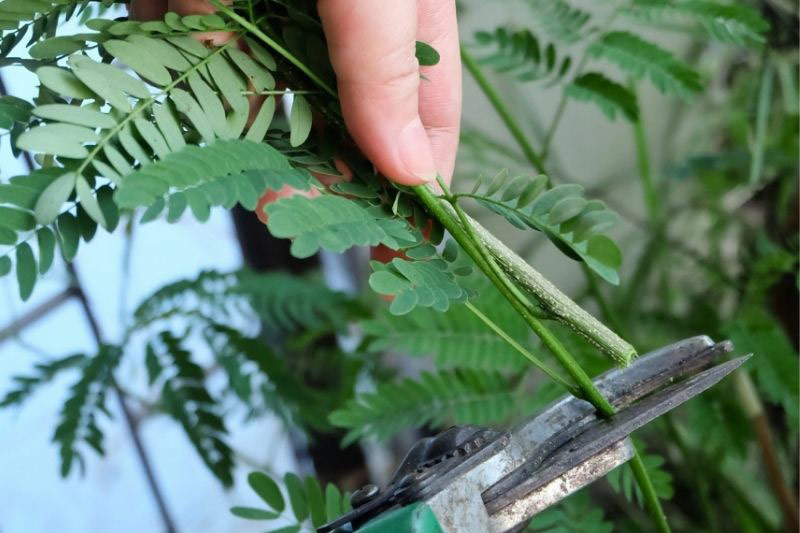
Remove about one third of shoots for maintenance pruning
Pruning ageing specimens: for renewed vigour
Hard pruning may be necessary on an ageing, unbalanced or damaged mimosa, or if it occupies too much space. This pruning involves removing all old shoots as well as dead or damaged branches.
→ Warning, Acacia retinodes (four-seasons mimosa) does not tolerate severe pruning well!
- On large-diameter branches, cut just beyond a shoot that will act as a lead shoot and help tree produce new shoots. Always cut at an angle, not horizontally, and remove branches close to trunk without cutting into its bark
- Remove dead wood
- Remove basal suckers
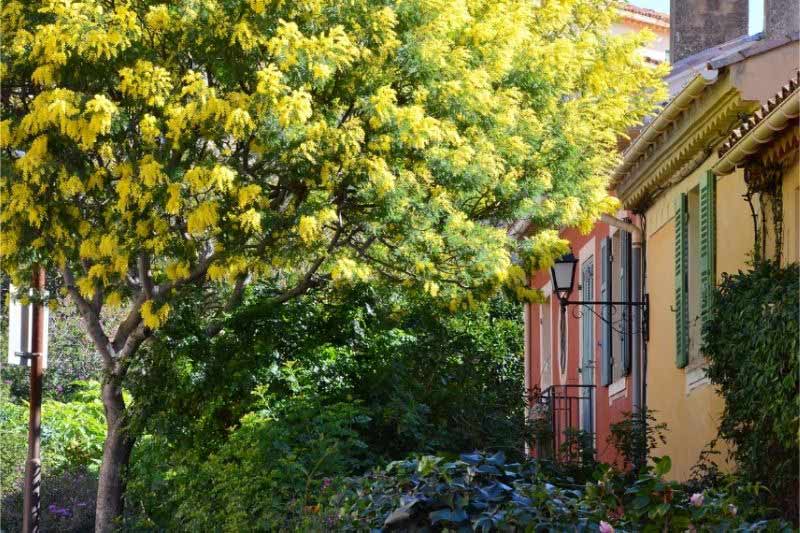
Severe pruning can help control development of a specimen planted too close to buildings
→ Sophie's tip: very polluting, burning green waste is prohibited. Ideally invest in a garden shredder to use prunings as mulch. If not possible, take them to recycling centre!
A few final precautions
- Always clean tools with soapy water then disinfect with alcohol before and after use to avoid transmission of diseases between specimens. Sharpen, dry and oil them after cleaning to prevent rust and seizing: tools will stay like new for years
To learn more:
- Discover our many varieties of Mimosas
- Learn everything you need to know about Mimosa: planting, pruning and care































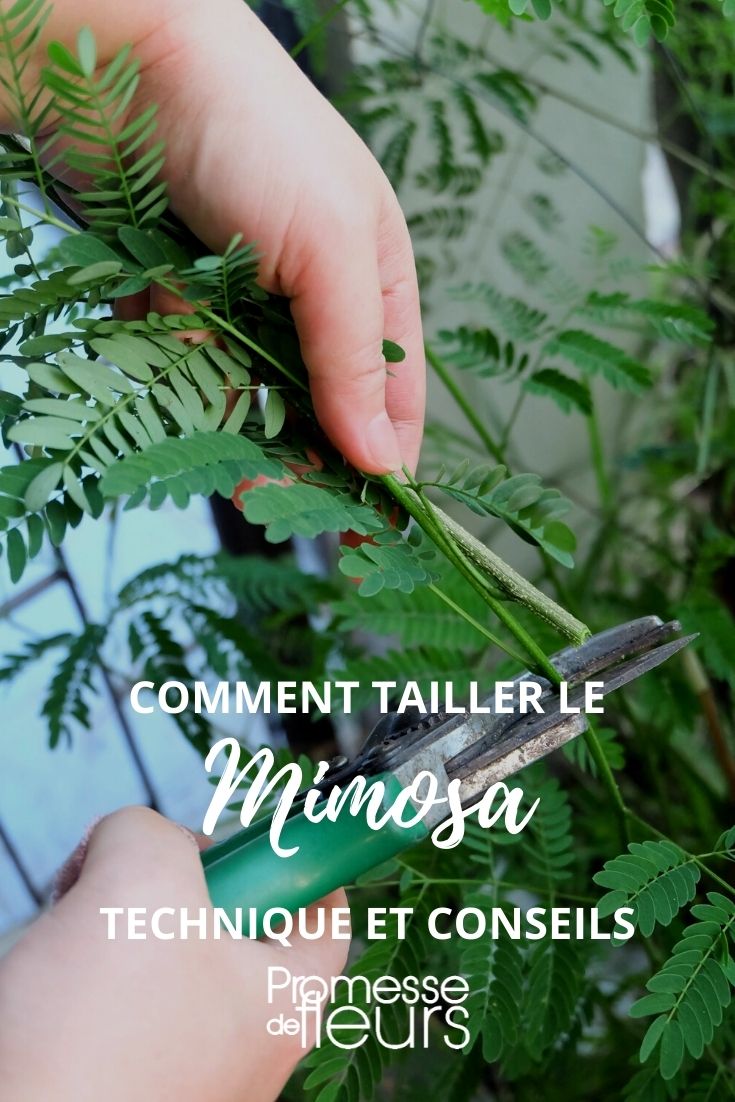
Comments